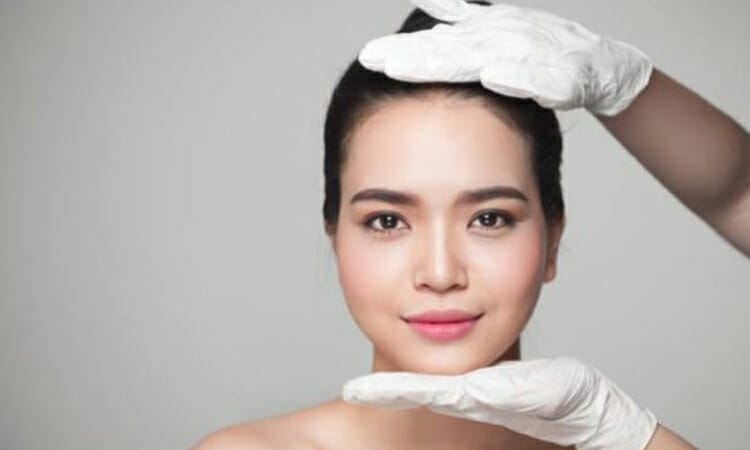PRP microneedling is a type of collagen induction therapy conducted under the supervision of Dr. Shannon Maltais, medical director at Physician Skin Solutions at Arrowhead.
It’s a popular skin rejuvenation treatment that helps to erase the signs of the aging process, resulting in rejuvenated skin and hair, and it could be a therapy helpful in addressing your cosmetic skin concerns.


